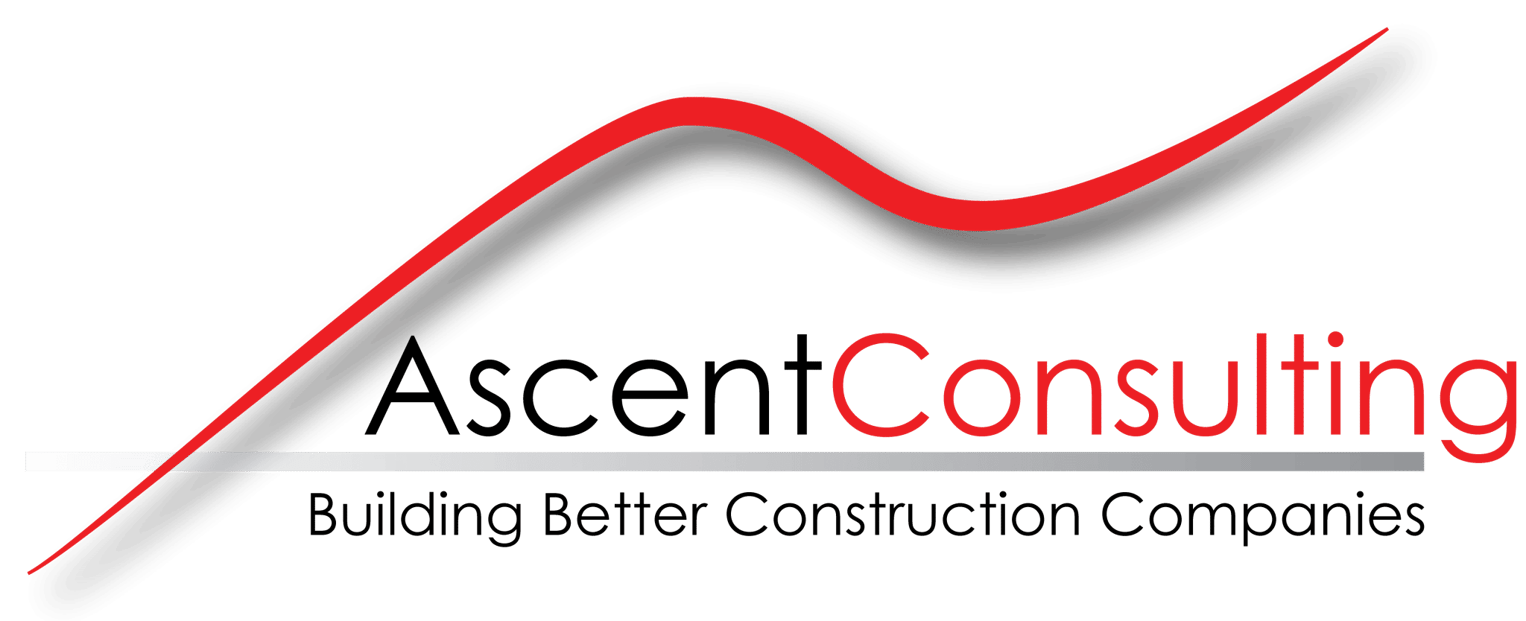Rewarding Construction Project Managers - Incentive Packages Part III

Author
Adam Cooper
Time to Read
4 minutes
Employees are the lifeblood of every construction company. No matter the size of the company, each individual serves a purpose, and their performance either helps or hinders the organization – there is no middle-ground. With that in mind, realize that the goal of every business owner should be:
- Hire the right individuals for each position
- Set them up for success
- Ensure that they are making a positive contribution to the company
In our two previous articles on this topic, we have explored the history of performance reviews, how to use them to gauge employee performance, and some of the pitfalls that can result from improperly-structured incentive programs. In this third article, we will explore successful incentive plans and strategies that are commonly used with Construction Project Managers across the construction industry to help with #3 above.
As business owners, you have the ability to set up compensation and incentive programs that motivate your employees to make positive contributions to the success of your company. While money is not the only motivator, it is typically the ‘biggest’ motivator and the easiest for employees to recognize. So, we will start with common financial structures of bonus and incentive plans, and later we’ll explore some other ‘fringe’ benefits that can be used to compliment these plans and help drive employee performance.
Listen to Adam Cooper Discuss Incentive plans on the Competitive Contractor
Project Managers
Good Project Managers are the heart of every successful construction company. They are on the front lines of the project, the center of the flow of information, and the people you’ve made responsible to manage and mitigate the ‘risk’ of every project you perform. They are given responsibility for the financial outcomes of their projects, and are therefore directly responsible for the company’s gross profits or losses (before operating expenses).
With all of this responsibility, it’s easy to see why hiring the ‘right’ project managers is so critical to the success of your company. No matter what the economy is doing, great project managers will always be in high demand. In order to attract them and keep them on your team, you need to have a compensation and incentive program that rewards them for their talents and keeps them motivated to perform at a high level, day in and day out.
Read More: How To Recruit and Hire Top Performers
The most common incentive programs for PM’s start with a project-level bonus structure, which is based on their ability to increase profitability over budget. This system can be used for both General and Trade Contractors.
Here’s how it works: Once a project is won/awarded, the project’s cost budget is established. The cost budget may be taken directly from the estimate, or may need further scrutiny and fine-tuning before being accepted. This will depend on your style and methods for estimating. Once accepted, the cost budget becomes the initial ‘projection’ of the actual cost to build/perform the work. The difference between this cost budget and the contract value is the gross profit. For example:
Contract Value = $500,000
Cost budget = $450,000
Gross profit = $50,000
Gross profit = 50,000 / 500,000 = 10%
It is now the PM’s basic responsibility to manage the project effectively to maintain costs and complete the project at 10% or $50,000 profitability. Again, this is in their job description and is covered by their base salary. They do not get a reward for doing their job, they get a reward for Exceeding Expectations. So, how do we reward them for ‘extra effort’? We structure a bonus program based on their ability to improve results.
A typical program might look like this:
In order to qualify for a bonus, they must increase project profitability by a minimum of 2% (12% or $10,000 on this project). For every percentage point in excess of 2%, they receive 5% of the profits.
Read More: The keys to an effective Incentive Plan
Examples:
- The PM completes the project and increase profits to 12%. They have therefore increased profits by 0% over goal (12% - 12% = 0%). While they have qualified for a bonus, they have not earned any additional profits and are not paid a bonus.
- The PM completes the project and increase profits to 14%. They have therefore increased profits by 2% over goal (14% - 12% = 2%). 14% of $500,000 = 70,000 x 5% = $3,500 bonus.
Now, this is assuming that the project does not present any change order opportunities, which we all know is a rarity these days. However, contrary to popular belief, most contractors do not really make 15-20% on changes. In fact, too many changes can increase the contract value, but result in reduced profitability!
But, here’s a question for you: would you rather make 1) 10% on $500,000 or 2) 8% on $800,000?
Your answer should be #2! You would actually make an extra $14,000 at 8%, because of the increase in contract value. Shouldn’t the PM be rewarded for this type of effort as well?
So, how do we account for increases in contract value as it relates to their bonus? This is why we calculate the projected profit dollars as well as the percentage. Remember from our example that a 2% increase equates to $10,000, but they have to generate more than 2% to qualify for a bonus. Let’s create another rule:
- For each $20,000 of additional profit the PM generates, they receive 5% of the gross profits.
For good measure, we can put in a disclaimer as well:
- Project bonuses may only be calculated on one of these two methods, and may not be combined. Bonuses will be paid based on the higher of the two calculations.
So, now we’ve set up the PM to be rewarded for the desired outcome:
Increase project profits, either by reducing costs, increasing net profits, or increasing scope/contract value while maintaining profitability.
Learn More: We design Incentive Programs for Construction Companies
Fringes
Remember, back at the beginning of this article, we mentioned that there are ‘fringe’ benefits you can offer your PM’s as incentives beyond money? Here are some of the most common ‘extras’ that are given to successful PM’s as additional incentives. Keep in mind that they typically have to qualify for the financial bonus in order to receive some of these fringes as well.
These rewards can also be used in lieu of the financial bonus for PM’s that got close but didn’t quite qualify, or for PM’s on smaller projects that didn’t provide opportunities to increase profits or contract values enough to qualify.
- Fixed bonus (typically $500-2500)
- Extra paid vacation days (PTO)
- Choice of next project
- New/upgraded company laptop
- Company-branded merchandise
- Restaurant or store gift cards
- Air travel rewards (travel vouchers, seat upgrade certificates)
- Company vehicles and/or fuel cards
- Tickets to sporting events and concerts
- Golf clubs or other sports equipment
- Electronic devices and gadgets (Bluetooth speakers, headphones, radios, mp3 players, tablets, etc.)
We hope this article provides you with some ideas for your own incentive programs, and shows you how to create a structure that rewards Project Managers for both their personal goals and those of the company. We also welcome your feedback and suggestions for other ways you’ve found to incentivize your Project Managers! Leave a comment below, or email us with your ideas so we can share with our readers!
In our last few articles on this topic, we will explore incentive programs for Estimators and Business Development/Sales positions. Stay tuned for more!
Also you can skip right to part V if you like.
If you're ready to start working on your business, let's talk!
Ascent Consulting’s mission is to Build Better Construction Companies.
We are committed to delivering impressive results in the areas of
profitability, performance and growth.







26 Responses